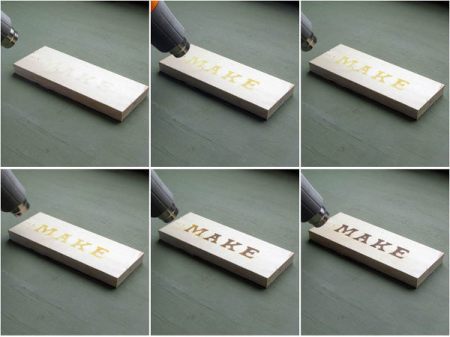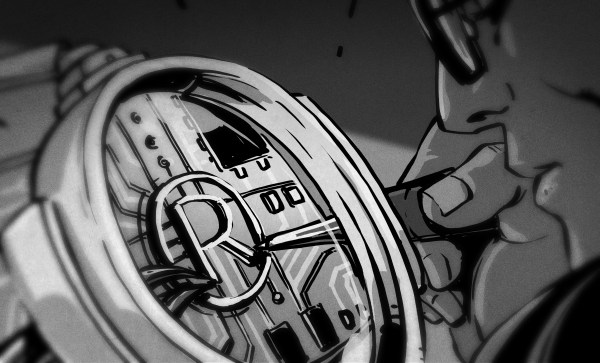A trademark represents a brand, so it can be words like “Apple”, including made up words like “Kleenex”. It can be symbols, like the Nike swoosh. It can also be colors, like UPS brown, and even scents like the flowery musk scent in Verizon stores. Filing a trademark in the United States is surprisingly easy. With a couple hundred dollars and a couple hours, you can be well on your way to having your very own registered trademark and having the right to use the ® symbol on your mark. You don’t need a lawyer, but you should know some of the hangups you might run into. The USPTO has a fantastic primer on trademarks, but we’ll TL;DR it for you. Continue reading “What To Expect When You’re Expecting – A Trademark”
brand3 Articles
Real World AdBlock
Every day your eyeballs are assaulted by advertisements on your box of cereal, billboards, t-shirts, magazines, milk cartons, plastered on the side of buses, buildings, bananas, and written in the sky. [Reed], [Jonathan], [Tom], and [Alex] came up with a solution to this: a Brand Killer that censors all the advertisements and brands you see every minute of every day. It’s a real-world adblock that you can build right now.
The team’s system uses a custom head mounted display made from cardboard, goggles, a webcam, and a seven-inch display. The software for the system uses Python and OpenCV to monitor the images from the webcam, compares them against a list of brands and logos, and filters them out with an unobtrusive blur.
Right now the system just has a few brands and logos that include Dr. Pepper, Hershey’s, McDonalds, Facebook, Starbucks, and clear evidence this was built at UPenn, Wawa and Tastykake. In the video below, the detection and tracking of these various brands is very good. The system is also stereoscopic, meaning this is wearable all day, every day, without a loss of depth perception.
Chemical Wood Burning

Make: Projects has posted an interesting way to burn designs into wood. Instead of doing the traditional method of using a hot iron to hand draw or trace patterns on the wood, they show us how to use a chemical process to make things easier. They are using a solution of Ammonium Chloride, applied with a foam stamp, then heated. When it is heated it breaks down to ammonia gas and hydrochloric acid, burning the surface. The advantage here is that you can easily use a stamp to create patterns whereas doing it by hand might be difficult. They do point out that improvements could be made, such as adding something to keep it from soaking into the wood and blurring the edges.













